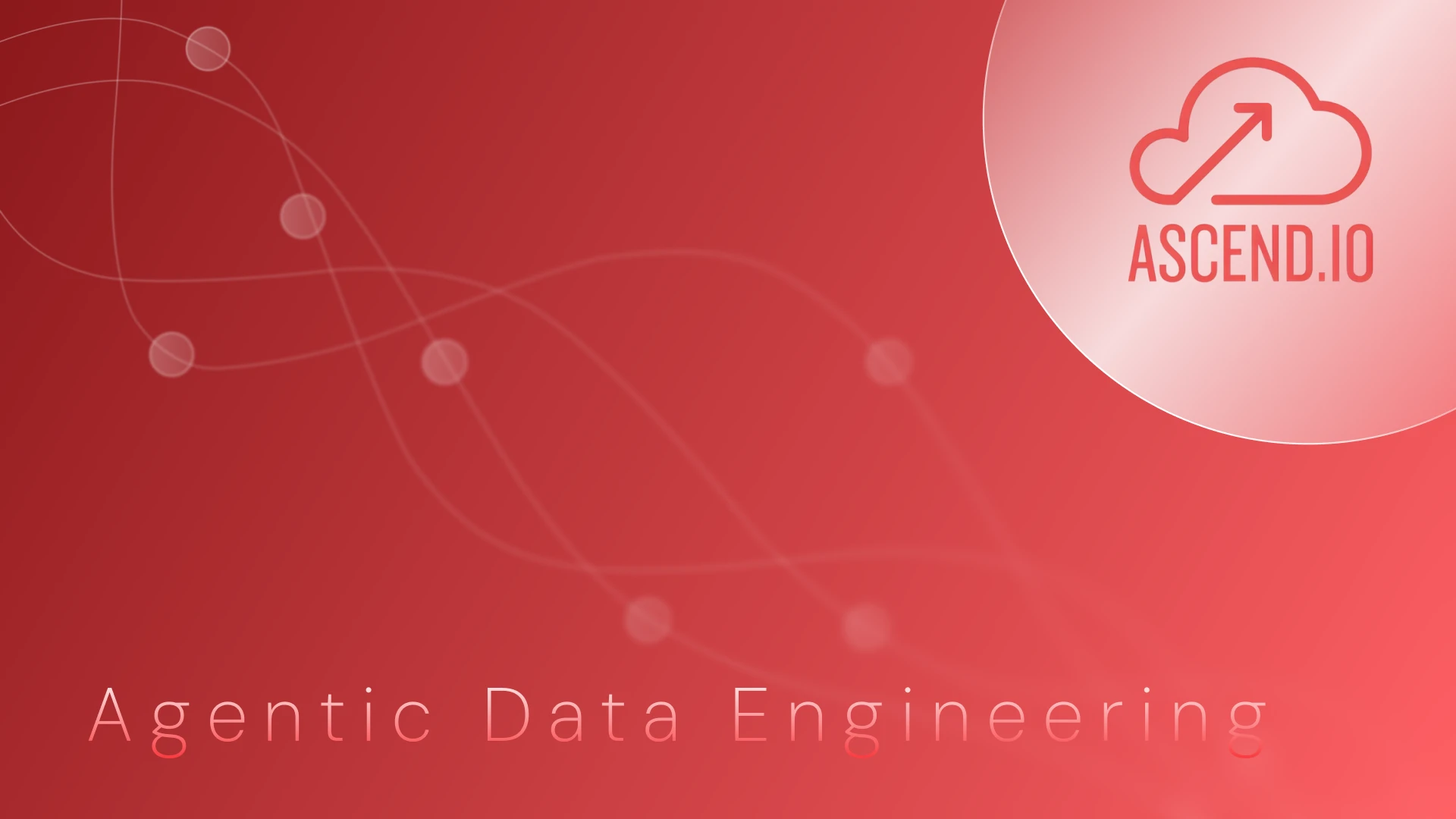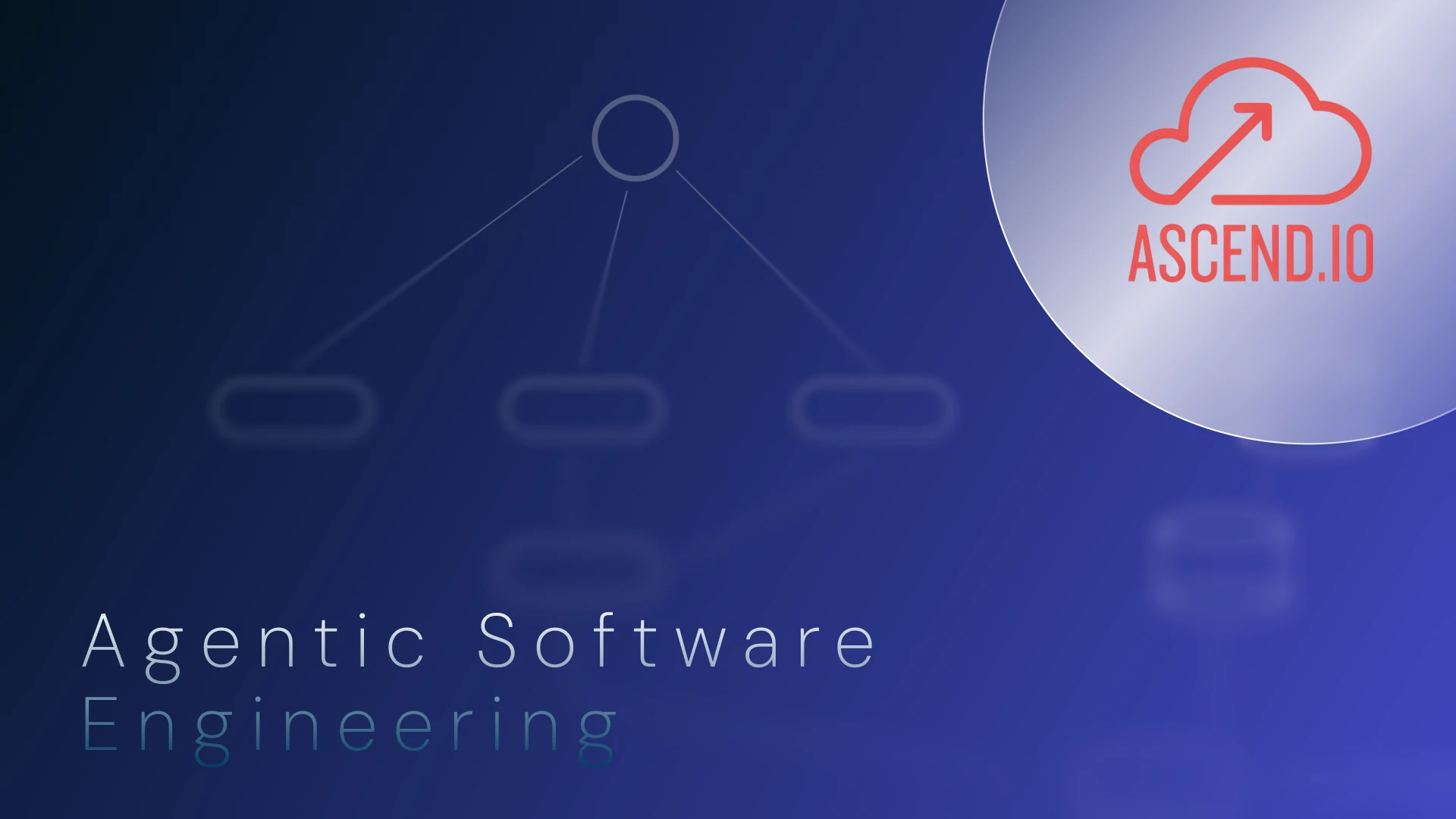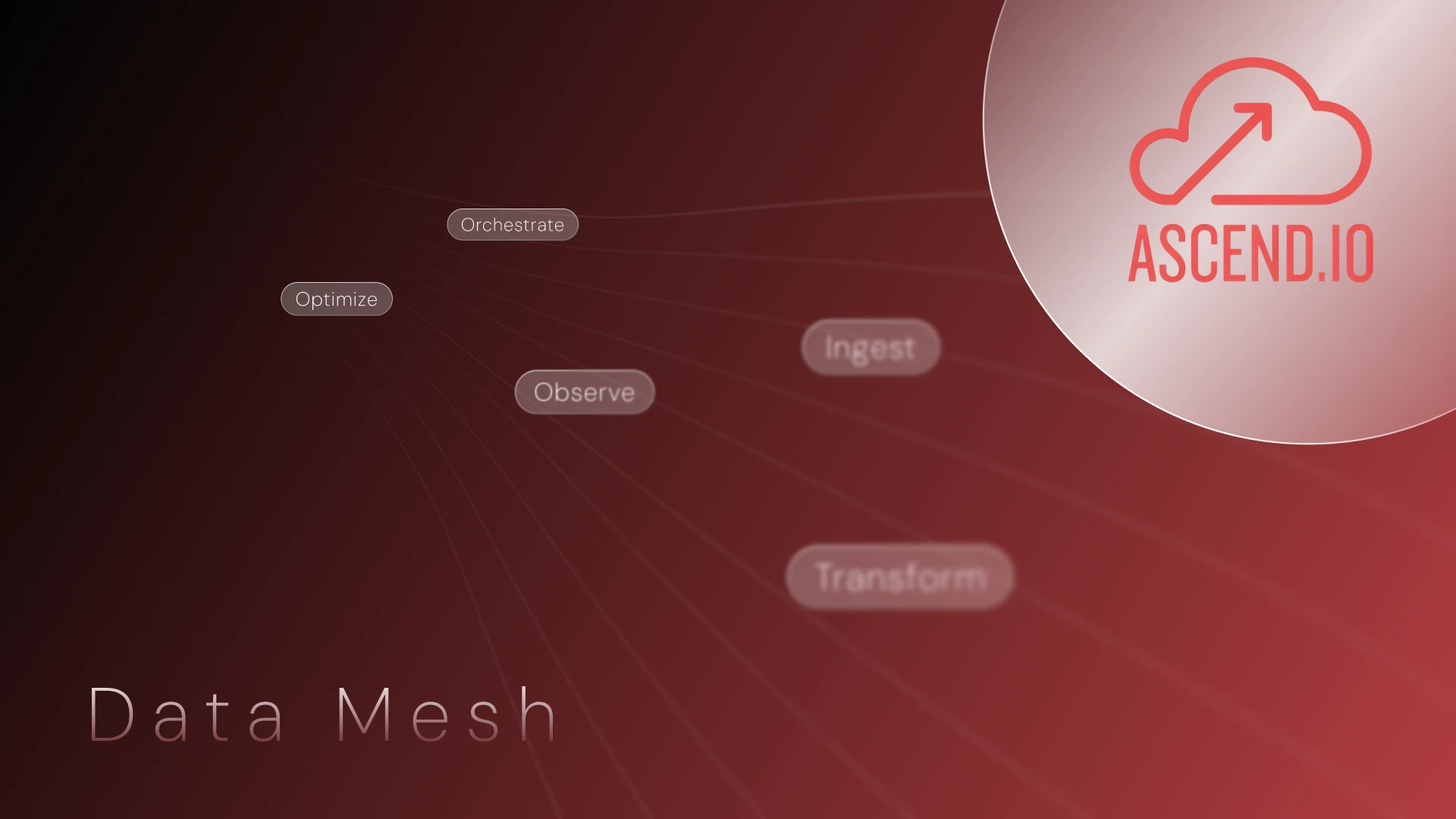As you navigate today’s business landscape, have you noticed the staggering changes brought on by artificial intelligence (AI)? We’re talking real changes in real companies, impacting everything from routine processes to sparking innovative breakthroughs. AI is transforming everything — and fast.
Why This Matters Now
According to McKinsey’s latest survey, one-third of businesses are already using generative AI in key areas like marketing, sales, and service operations. The big question now isn’t about its potential, but where to start in your organization’s complex ecosystem. That’s what we are unpacking here.
What’s In It For You
In this article, we’re diving into real-world AI use cases. These aren’t hypothetical scenarios; they are the actual starting points for many enterprises on their AI journey. We’re focusing on the most popular domains for AI implementation, where the technology is already accelerating value and transforming business operations. Let’s explore AI’s impact today and where you can start or accelerate your AI journey.
1. Customer Experience: Chatbots
AI and chatbots are revolutionizing customer service — becoming one of the biggest AI use cases. It’s not just about efficiency anymore; it’s about redefining customer interactions. With AI-powered tools, businesses are addressing the growing demands for quick and consistent customer service.
Case Study: Pentagon Credit Union (PenFed)
Take PenFed for example. As the second-largest credit union in the U.S., they saw the huge potential AI had to offer in boosting customer experience. They’ve boldly stepped up to become a ‘cognitive credit union.’
AI Application and Strategy
- Initial Steps: PenFed’s AI journey started with an Einstein-powered chatbot, tackling internal support tasks like password resets. They started using generative AI as an internal helper, a kind of ‘copilot’, before bringing it into the customer service arena.
- External Deployment: The next phase rolled out chatbots to members for services such as loan applications and technical support.
Impact on Customer Experience
- Efficiency in Internal Tasks: AI bots now manage 25% of internal service requests, significantly easing the workload on service desk staff.
- Session Management: Externally, these bots efficiently handle around 40,000 sessions per month.
- Resolution Rate: Impressively, 20% of cases are resolved on the first contact.
- Activity Growth: Over the past year, they’ve seen a massive 223% jump in chat and chatbot activity.
- Call Center Performance: The AI implementation has cut down the average response time in the call center by a minute, now under 60 seconds.
- Membership Increase: Alongside these improvements, PenFed saw a 31% growth in membership.
2. Information Access and Analysis: AI Assistant
The ability to access and interpret vast amounts of information rapidly is vital for business success, especially in data-intensive sectors. AI assistants are stepping into this role, offering a level of speed and precision that traditional methods can’t match. Let’s dive into this AI use case.
Case Study: Morgan Stanley
Leading this innovative wave in the financial sector is Morgan Stanley, which has embraced generative AI to reshape how information is accessed in investment banking and wealth management.
AI Implementation
- AI @ Morgan Stanley Assistant: In collaboration with OpenAI, Morgan Stanley developed this AI assistant to provide immediate access to around 100,000 research reports and documents.
- User Interface: What sets this tool apart is its approach to queries. It requires complete sentences, mimicking natural human conversation and moving far beyond the limits of traditional keyword searches.
Impact on Operations
- Efficiency in Information Access: The AI assistant significantly reduces the time advisors spend on information queries, thereby streamlining workflow and enhancing productivity.
- Improved Client Service: The swift and accurate access to information provided by the AI assistant allows for more personalized and effective client interactions, leading to higher satisfaction and stronger client relationships.
3. Product Innovation
AI isn’t just tweaking product development; it’s completely overhauling it, especially with its ability to dive into big datasets and pull out predictive insights. This is steering businesses toward products that truly resonate with what the market and consumers want.
Case Study: YouTube
Take YouTube, a giant in the digital content realm. They’ve harnessed AI in ways that are transforming content creation on their platform.
AI Implementations and Features
- Dream Screen: This feature lets creators make AI-generated video and photo backgrounds for YouTube Shorts. It started with typed prompts and has grown to include assistance in tweaking existing content.
- AI Video Topic Suggestions: YouTube Studio now offers AI-driven suggestions for video topics and outlines, personalized for each creator based on audience trends and interests.
- AI Music Recommendations: This system recommends music tracks for videos based on written descriptions, adding an extra layer of customization.
- AI Dubbing Feature: Born in YouTube’s Area 120 incubator, this feature lets videos speak many languages, literally. It’s all about multilingual dubbing, opening up global reach and accessibility.
Impact on Content Creation
- Enhanced Creative Process: These AI tools significantly enrich the creative toolkit available to YouTubers, allowing for more innovative and engaging content production.
- Diversified Content: With features like AI dubbing and music recommendations, content creators can reach a wider audience and cater to diverse preferences, breaking language barriers and enhancing viewer engagement.
- Streamlined Production: The AI-driven features streamline the content creation process, from ideation to production, enabling creators to focus more on storytelling and less on technical details.
4. Marketing: Personalization
AI is changing the way marketing strategies are crafted and executed, moving beyond mere automation to forge deeper, more personalized connections with consumers. AI’s ability to sift through data and spot trends is giving marketers a whole new playbook for tailoring their strategies.
Case Study: Spotify
Spotify, a leader in the music streaming industry, stands out in its innovative use of AI for enhancing user experience through personalized music recommendations.
AI Implementations and Features
- AI DJ Feature: Spotify’s latest breakthrough is the AI DJ, designed to understand individual music preferences and provide personalized music lineups. It uses a realistic voice to offer insights and commentary on tracks and artists.
- Personalization and AI: The AI DJ’s core is understanding user tastes, adapting over time to refine music selections based on user feedback — ensuring an increasingly customized listening experience.
- Technology Behind AI DJ: What powers the AI DJ? It’s a combo of Spotify’s own personalization tech, generative AI (thanks to OpenAI tech), and a dynamic AI voice platform developed by Sonantic. This mix is what makes the AI DJ sound real and engaging.
Impact on Music Streaming
- Enhanced User Experience: Spotify’s use of AI in personalizing music recommendations keeps users engaged and loyal, offering a listening experience tailored to individual tastes.
- Dynamic User Interaction: The AI DJ allows users to actively interact and shape their listening journey, making Spotify not just a streaming service but a personalized music companion.
- Innovative Content Delivery: This feature represents a significant leap in content delivery, combining technology with creativity to redefine how music is consumed and enjoyed.
5. Supply Chain Optimization
Across industries, companies are leveraging AI to transform their supply chains from mere logistic functions into strategic assets. AI’s role in supply chain optimization is multifaceted: it enhances efficiency, accuracy, and responsiveness, enabling businesses to better predict and respond to market changes.
Case Study: Nordstrom
Nordstrom exemplifies the impact of AI on supply chain optimization. They’ve transformed their supply chain into a significant value driver for the business, not only boosting financial performance but enhancing the customer experience in the process.
AI and Automation Implementations
- Unique Routing for Orders: Nordstrom leverages AI and automation to design specific routing depending on each order, allowing for a more efficient and customized supply chain.
- Enhanced Return Rates: These technologies also aid in improving return rates — maximizing storage space.
Transforming the Supply Chain
- Improved Storage Utilization: Nordstrom has seen its use of storage space become more cost-effective and efficient.
- Increased Storage Density: Nordstrom has significantly increased its storage density. This is a big win for warehouse operations, making them more streamlined.
6. Recruiting and Hiring
AI’s capability to analyze vast amounts of data and its application in identifying suitable candidates, assessing skills, and automating parts of the recruitment process, are transforming how organizations approach talent acquisition. This technological shift is enabling more efficient, objective, and inclusive hiring practices, ensuring that the right candidates are matched with the right roles, irrespective of human biases.
Case Study: Amazon
Amazon has been integrating AI and ML to enhance its hiring process, aiming to improve candidate experience and efficiency while maintaining equity and fairness. Here are the details for this AI use case:
AI and ML Implementations:
- Skills and Experience Matching: Amazon uses ML to match candidates with roles that fit their interests, skills, and experience, identified through natural language processing of resumes. This system automatically recommends roles, like suggesting a candidate with an interest in embedded systems for a role on the Alexa team.
- Application Review Process: For certain roles, ML is used to identify candidates who can move forward in the hiring process based on their skills and qualifications, without needing initial resume reviews by a recruiter. This has increased the diversity of successful candidates.
Responsible Use and Inclusivity:
Amazon emphasizes the responsible development and implementation of these AI and ML tools, ensuring they meet legal and best practice standards. The company focuses on building technology that is “born inclusive,” aiming to ensure equity in every stage of product development and delivering comparable outcomes across different demographic groups.
7. Operations
Across various industries, companies are harnessing the power of AI to navigate complex operational challenges and enhance efficiency. By integrating AI into their operations, businesses can effectively manage intricate regulatory requirements, optimize resource allocation, and streamline processes.
Case Study: Lufthansa Group
Deutsche Lufthansa AG, Germany’s largest airline, recognized the potential of data and AI to enhance customer experience and empower employees while achieving operational excellence. Navigating the complexities of global airline operations, they turned to AI to manage intricate regulations and customer queries.
AI Integration and Strategy
- Collaboration with IBM: Lufthansa partnered with IBM Garage™, utilizing IBM Watson® products, including Watson Assistant and Watson Explorer, for AI-driven business solutions.
- Modernizing Data Science Platform: A key focus was to upgrade their data science platform, aligning data science projects more closely with business needs.
Impact in Operations
- Enhanced Customer Query Handling: AI integration has enabled Lufthansa to manage customer queries more effectively, addressing nearly 100,000 inquiries annually with enhanced accuracy and speed.
- Operational Efficiency Improvements: AI has played a significant role in optimizing operational aspects like boarding times and check-in processes, reducing delays, and enhancing the customer journey.
Read More: The Chief AI Officer: Avoid The Trap of Conway’s Law
Prioritizing Your AI Journey
After exploring common AI use cases and specific examples in various industries, it’s clear that AI has vast potential to transform business operations. However, the question remains: how do you prioritize where to start your AI journey? This framework provides a strategic approach to guide your decision-making process, ensuring you focus on processes that not only leverage AI capabilities but also align with your organization’s goals and resources.
Focus on People-Driven Data Processes
- Human Involvement is Key: Begin with processes where people actively use data to drive specific outcomes. It’s vital to start with applications that involve individuals who are invested in the process, providing oversight, and can implement AI-driven insights.
- Real-World Application: Target processes that have a tangible impact and involve real-world operations. Avoid jumping straight into fully autonomous AI applications due to the inherent risks.
Target High-Impact Processes
- Identify Data Challenges: Look for areas experiencing data-related challenges or inefficiencies.
- Quantifiable Improvements: Choose processes where improvements can be measured in clear metrics like efficiency, cost savings, or revenue generation.
- Enhance Stakeholder Lives: Prioritize processes that positively impact key stakeholders, creating vocal advocates for the AI initiative.
Select Well-Prepared Processes
- Data Readiness: Opt for processes that already utilize complex data sources and have readily available data.
- Data Privacy and Skills: Ensure that data privacy requirements are well-defined and that the skill levels needed to use (not build) AI are manageable.
- Openness to Solutions: Engage in areas where there is a willingness to adopt new solutions.
Aspects to De-Emphasize
- Technology Maturity and User Tech-Savviness: Don’t overemphasize the current technology’s maturity or the users’ technical expertise.
- Existing Technology Inventory and Security Technologies: The existing inventory of technologies and specific security needs are less critical in the initial prioritization phase.
Avoid Common Missteps
- Scalability and Integration: While important for design and implementation, scalability and integration should not dictate use case prioritization.
- Initial Success Measures: The impact of your first AI use cases doesn’t need to be groundbreaking; focus on measurable outcomes, even if they aren’t strategic or extraordinary at the onset.
To help with this prioritization, here are some weighting suggestions for each of the criteria:
Criteria
Weighting (1-5)

This framework is designed to help you identify and prioritize AI use cases that align with your organization’s unique needs and capabilities. Remember, the goal is to create tangible business value and improve the lives of your stakeholders, not just to adopt the latest technology. With this approach, you’re setting the stage for a successful and impactful AI integration in your organization.
.webp)




.webp)

.webp)



.webp)





.avif)
